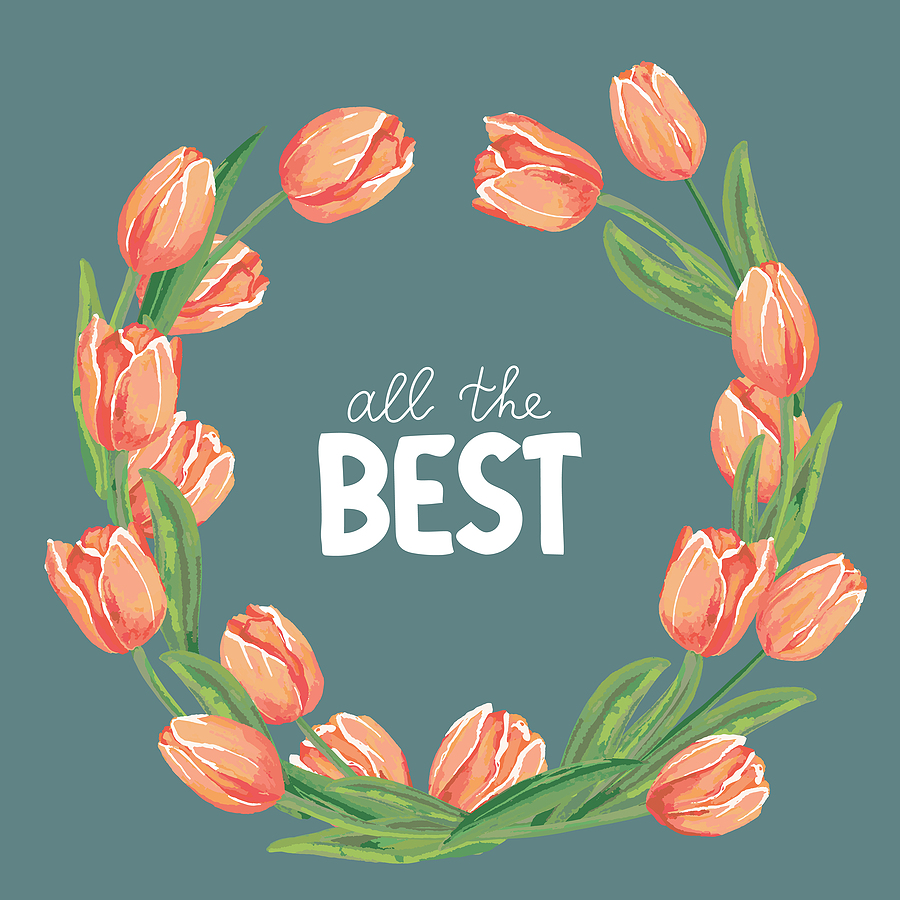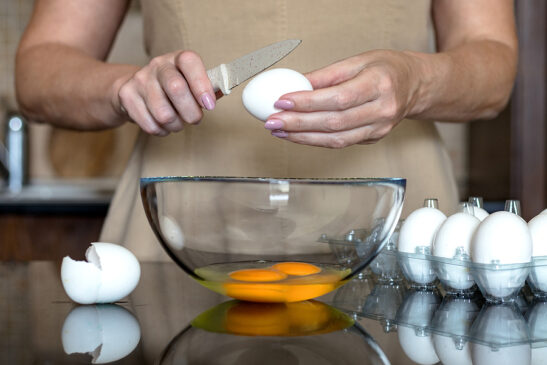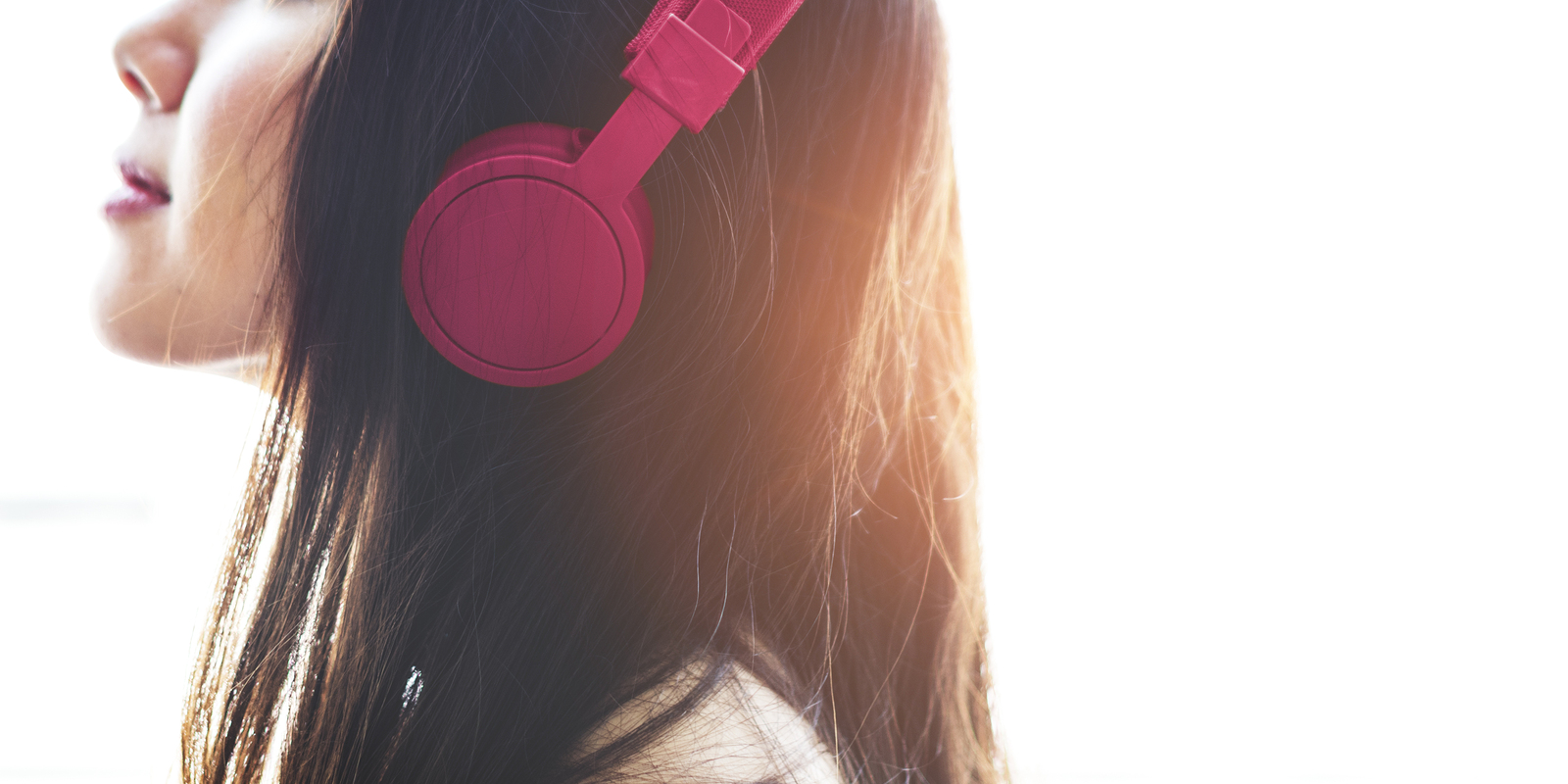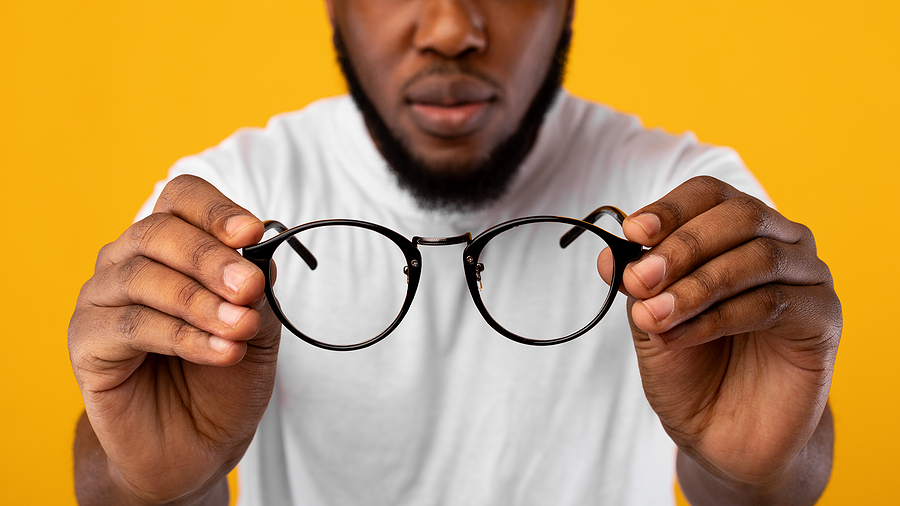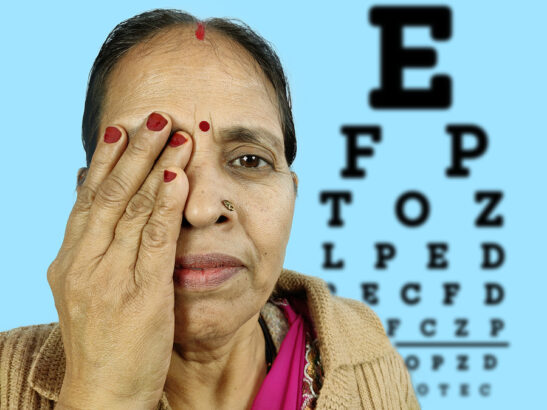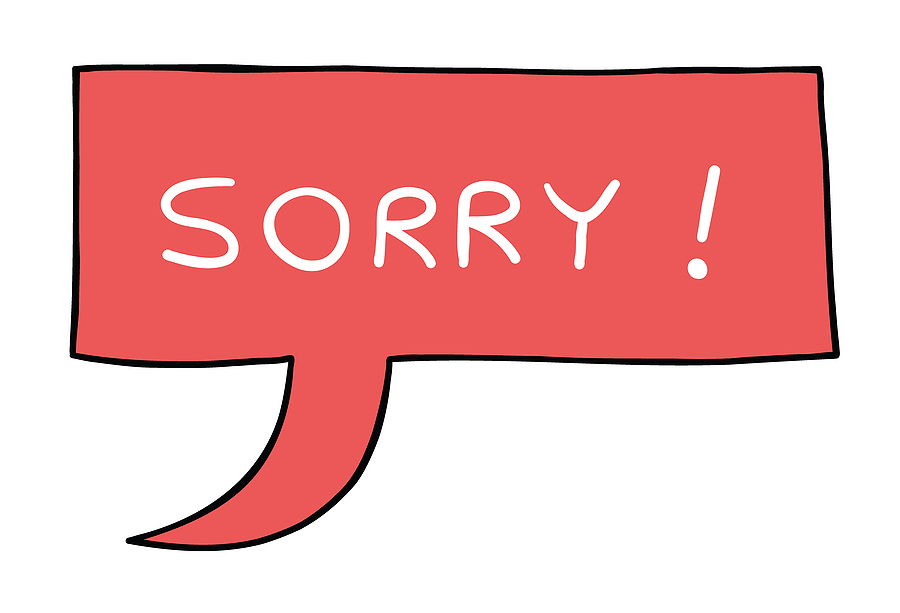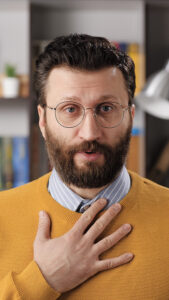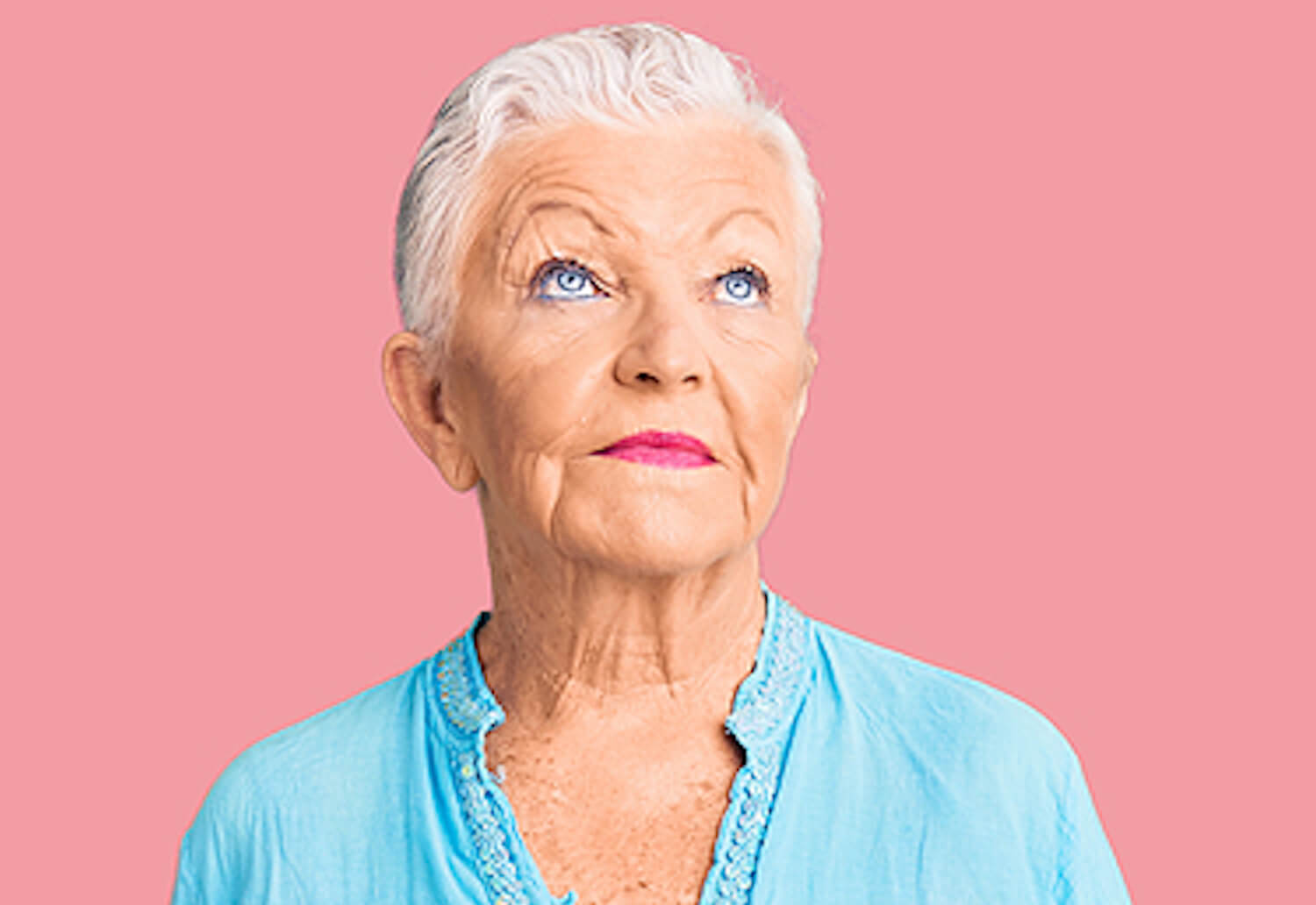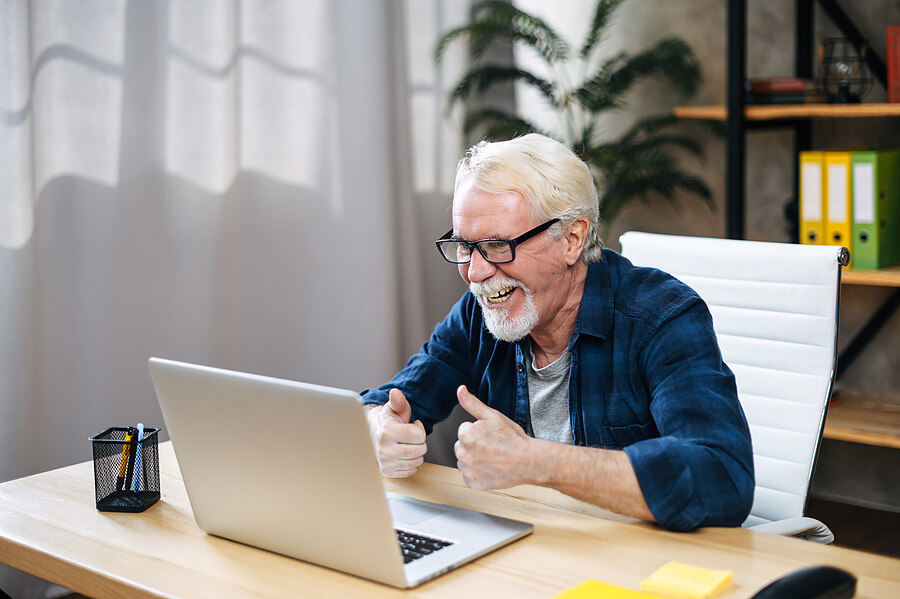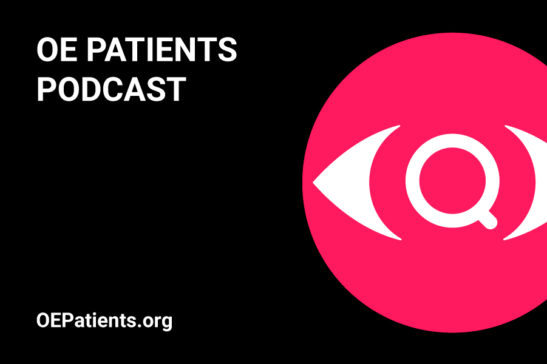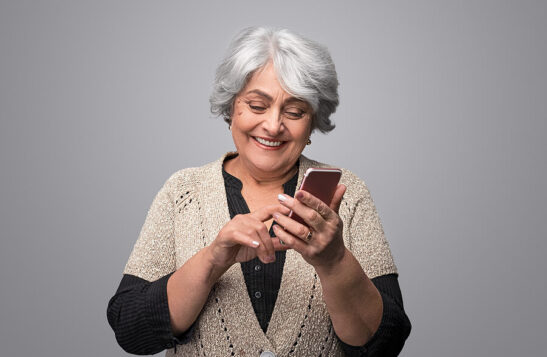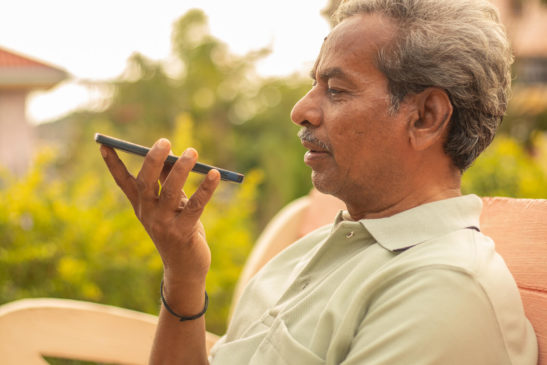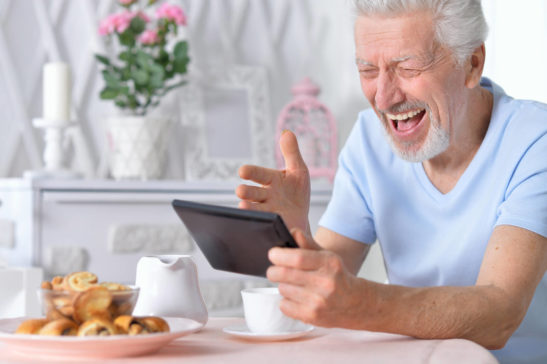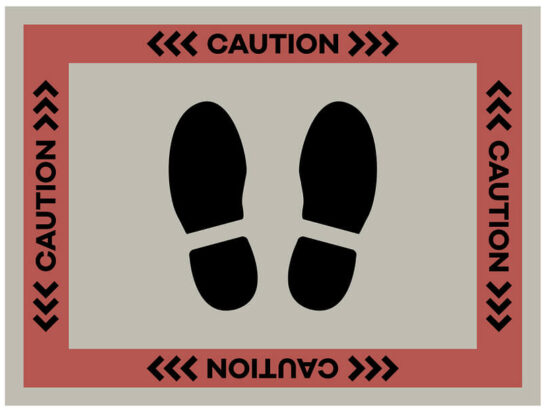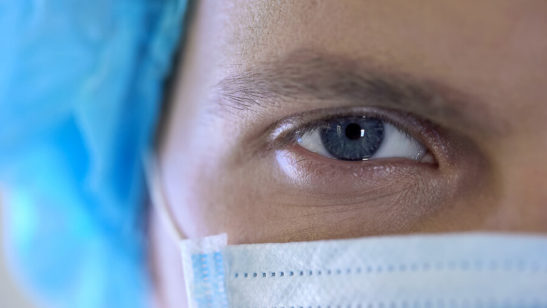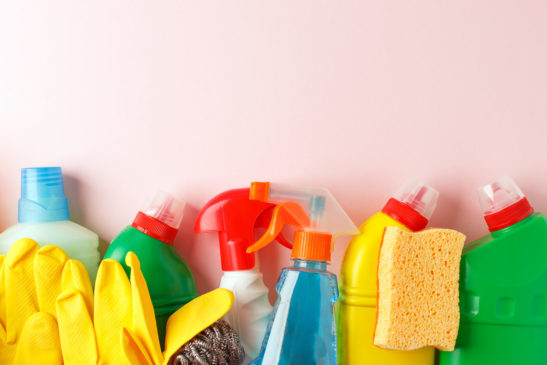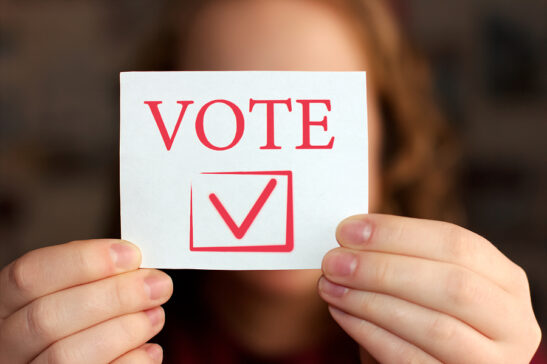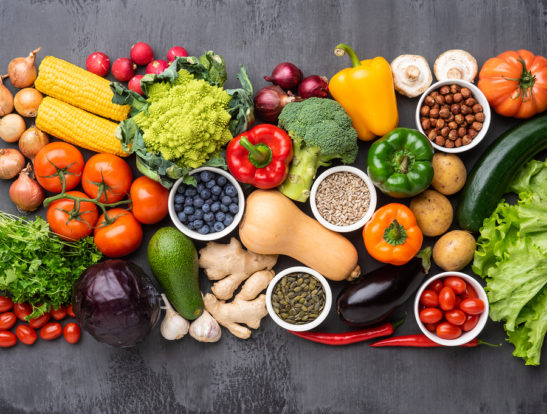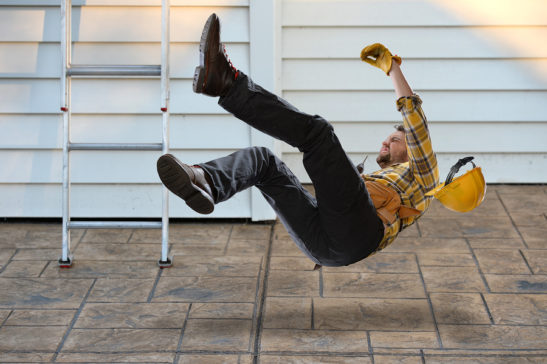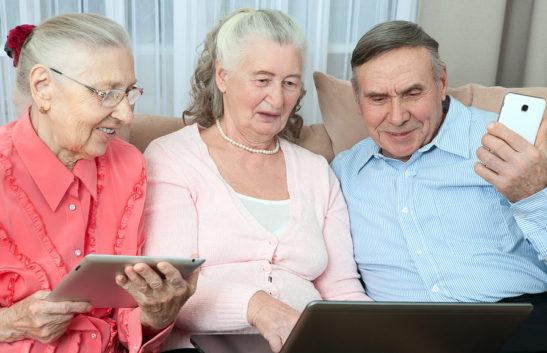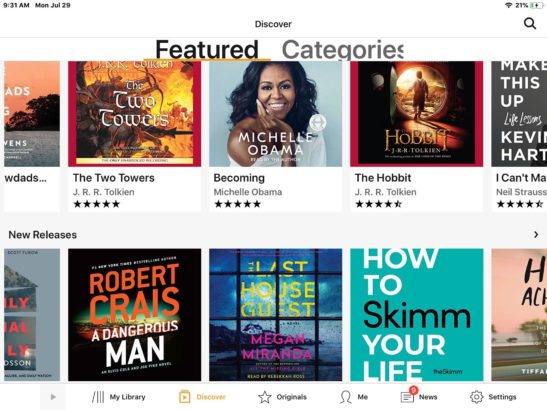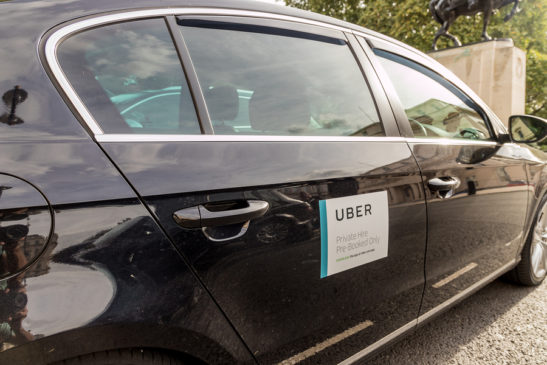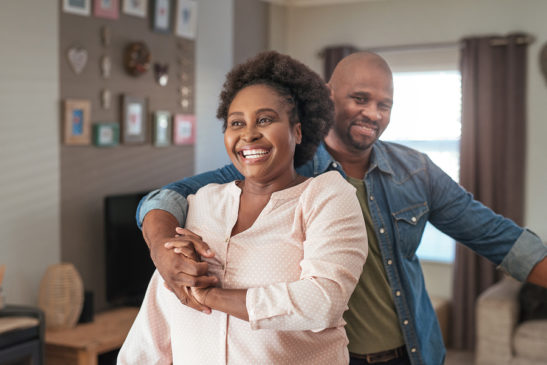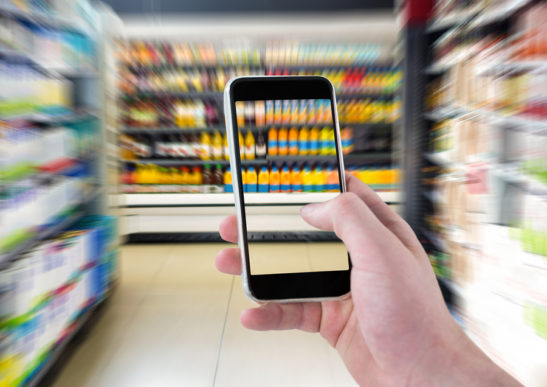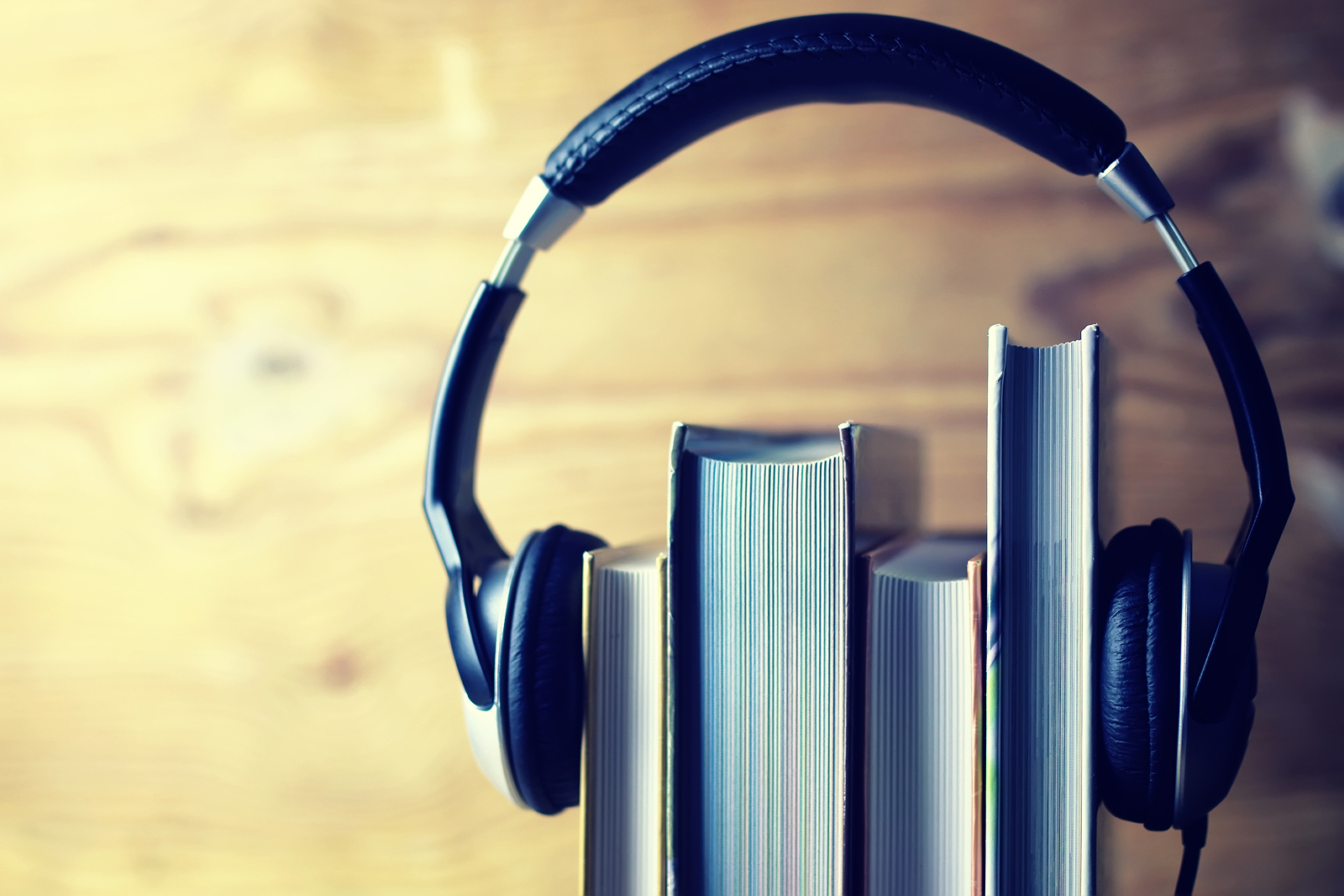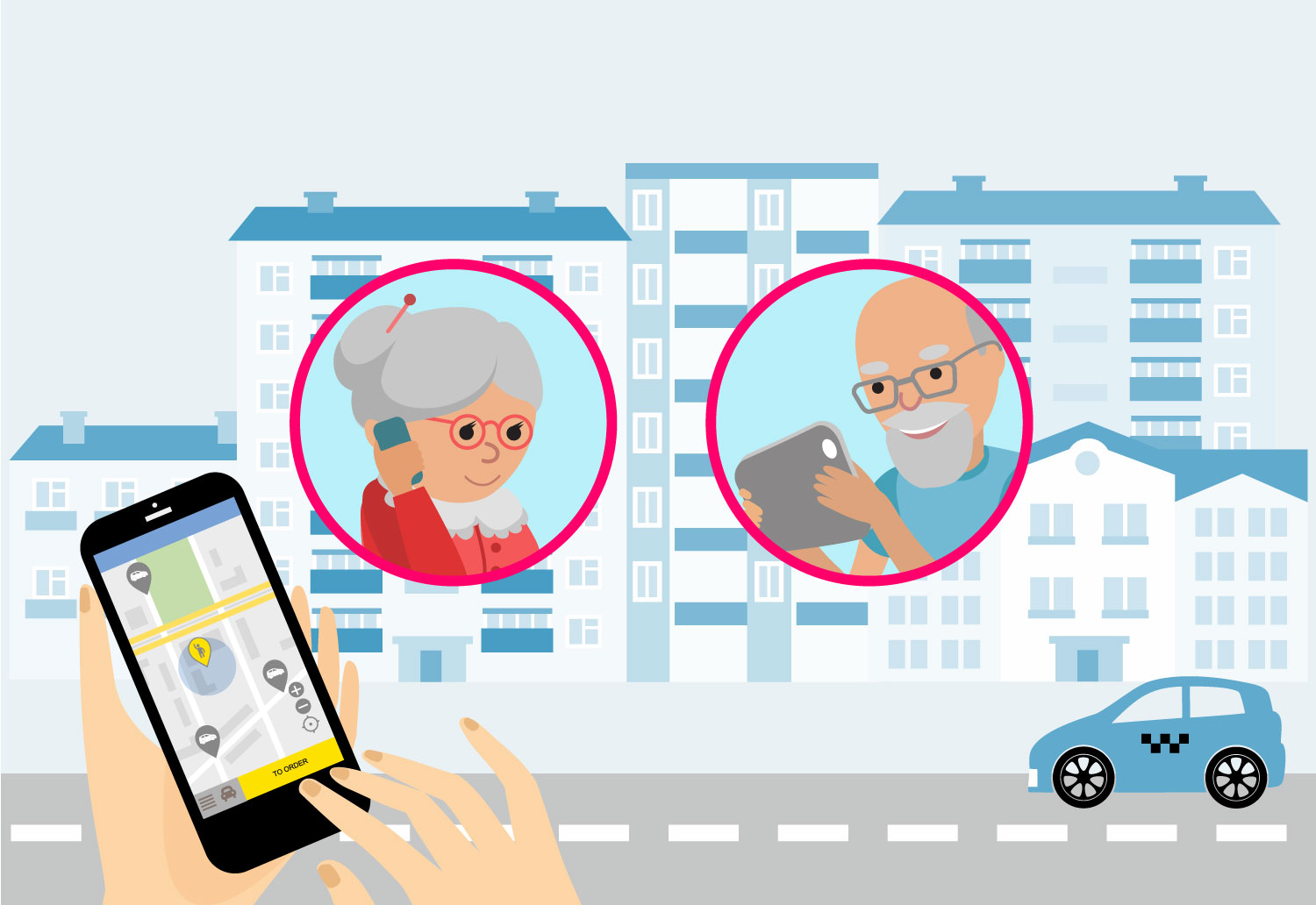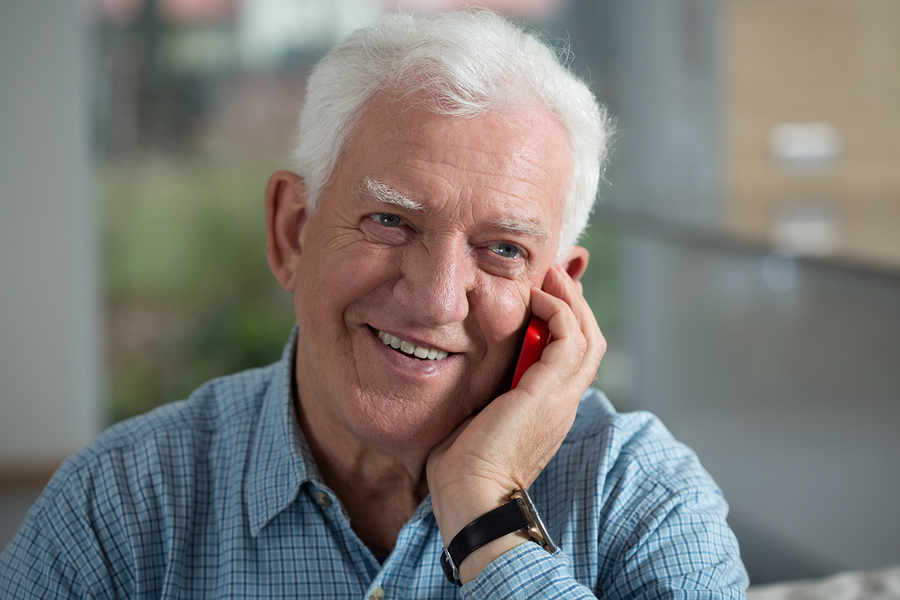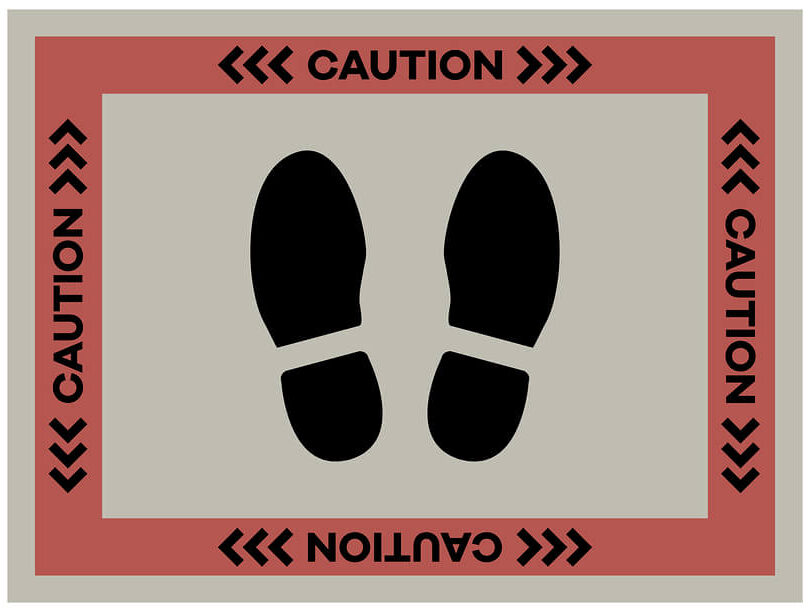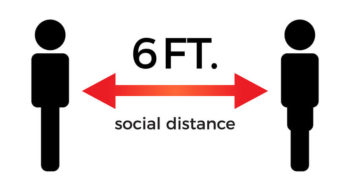It’s that most wonderful time of the year, when we circle back and take a look at OE’s most popular posts from 2021. Move forward and discover an audio guide for baking, advice on utilizing peripheral vision and the power of small changes. The list includes our most read content on accessible technology and emotional well-being. We want you to be inspired to develop a new skill or create a good habit for the fresh new year!
If you’d prefer to have the text of pages read to you, just click the button marked “Listen” on the upper right menu.
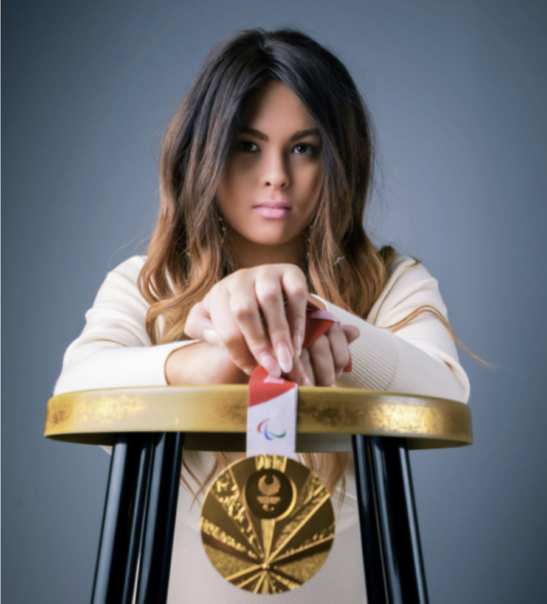
Gia Pergolini is a Champion
She is OE’s Person of the Year. At 17, Gia Pergolini is a world class, world record braking swimmer, and a gold medalist in the Tokyo Paralympics. She teaches us about strength and grace while living with vision loss.

Breaking Eggs Makes Baking Audible
Take a delightful baking class with professional baker and former Great British Bake-Off contestant, Ruby Tandon. Both the experience and the results are delicious! It will maKe you wish more cookbooks were audible.
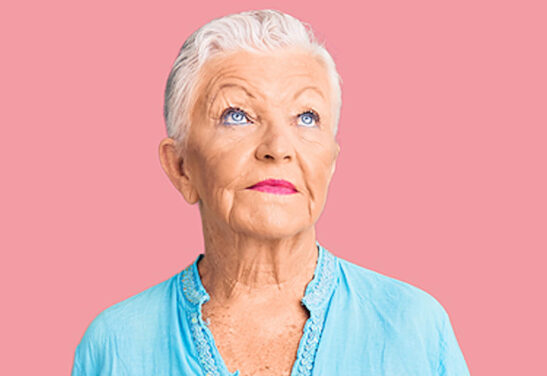
8 Ways to Practice Eccentric Viewing
Advanced macular degeneration leaves a blind spot in the center, eccentric viewing can help you learn to actually see around it, utilizing the unaffected peripheral sight. Here are some easy ways to practice and make it natural.
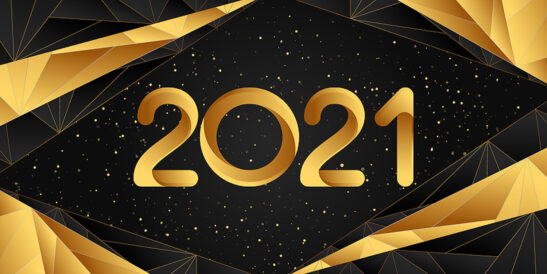
This Year Small Changes Are Big
Feeling overwhelmed by vision los, or the pandemic, try dealing with change in smaller, bite-size increments. Join us and explore ways to get things done in minutes instead of hours. Breaking up monotony and boosting efficiency will help restore our sense of stability.
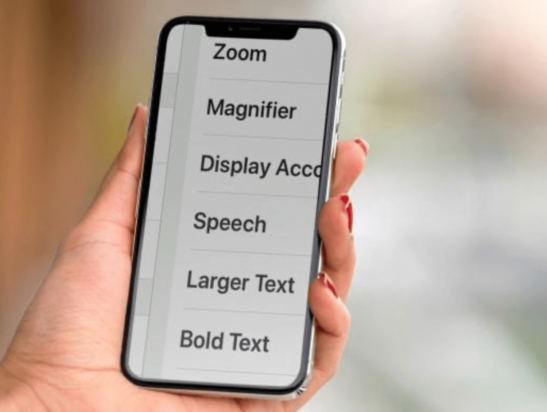
Meet Hadley 2.0, Your Private Tutor
Hadley is the vision loss resource everyone needs to know. A welcoming place to learn technology, access podcasts, attend workshops, join discussion groups and more. Log in to this user friendly environment online, or they’ll even mail the printed content to you. It’s unique and amazing!
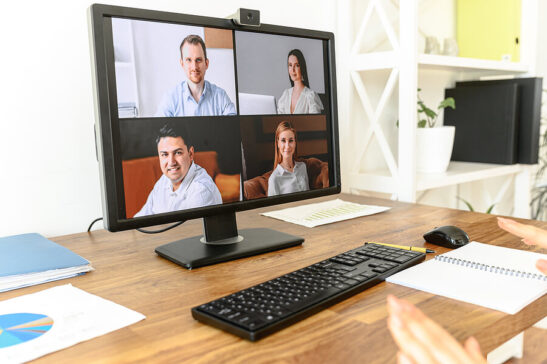
Pandemic Silver Linings for Low Vision Patients
Well yes, we are so tired of talking about the pandemic, however, it cannot be denied, there were many interesting surprises in it for visually impaired people.
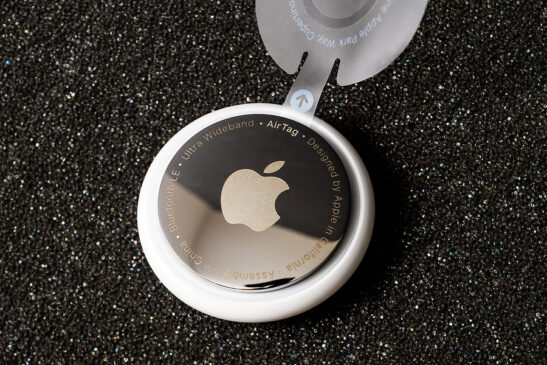
Lost and Found with AirTags
Once again, Apple has created a product that is inclusive and exclusive, all at once. It’s also good for your health, because it eliminates the anxiety that occurs when you can find keys, wallets, etc., as you’re leaving the house.
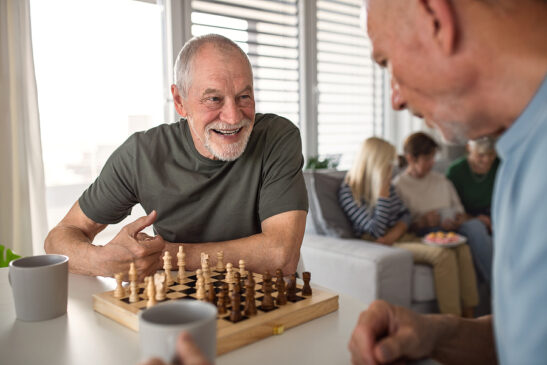
Don’t Allow Vision Loss to Affect Your Cognition
We like to say, “vision loss affects your eyes not your brain,” but that is not totally true. Here are the tips for avoiding cognitive issues and dementia related to low vision.
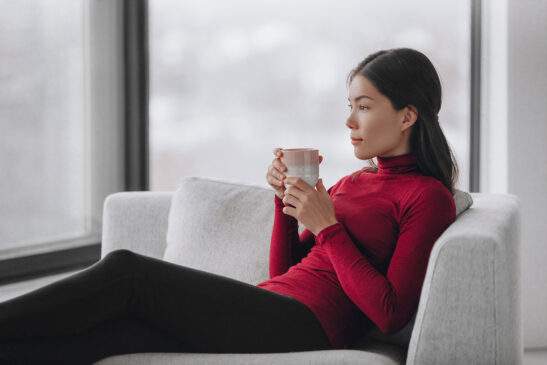
Prioritize Your Emotional Health
Mental health does not take care of itself, you must be an active participant. Here is the excellent advice of our health & well-being expert.
